All-Russia Research Institute for Agricultural Microbiology
18.10.2024
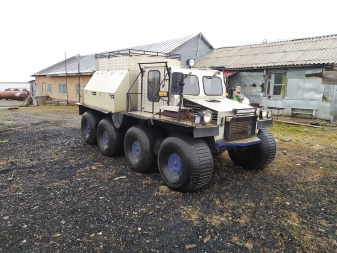
In July-August 2024, an expedition of ARRIAM employees as part of the head of the laboratory took place. biodiversity of agricultural microorganisms Karlova D.S. and Head of the laboratory. rhizospheric microflora Belimova A.A. together with the head of the laboratory. Botanists M.G. Khoreva (Institute of Biological Problems of the North of the Far Eastern Branch of the Russian Academy of Sciences, Magadan), Ph.D. in Biology I.A. Alyokhina (Institute of the Arctic and Antarctic, St. Petersburg) and A.S. Etylina (Beringia National Park (Chukotka AO), Botanical Institute of the Russian Academy of Sciences, St. Petersburg) in Anadyr and Chukotka the district of the Chukotka Autonomous Okrug. The purpose of the expedition was to collect soils, root nodules and seeds of Arctic wild legumes as part of the implementation of the research plan of the RNF project No. 20-76-10042-P.
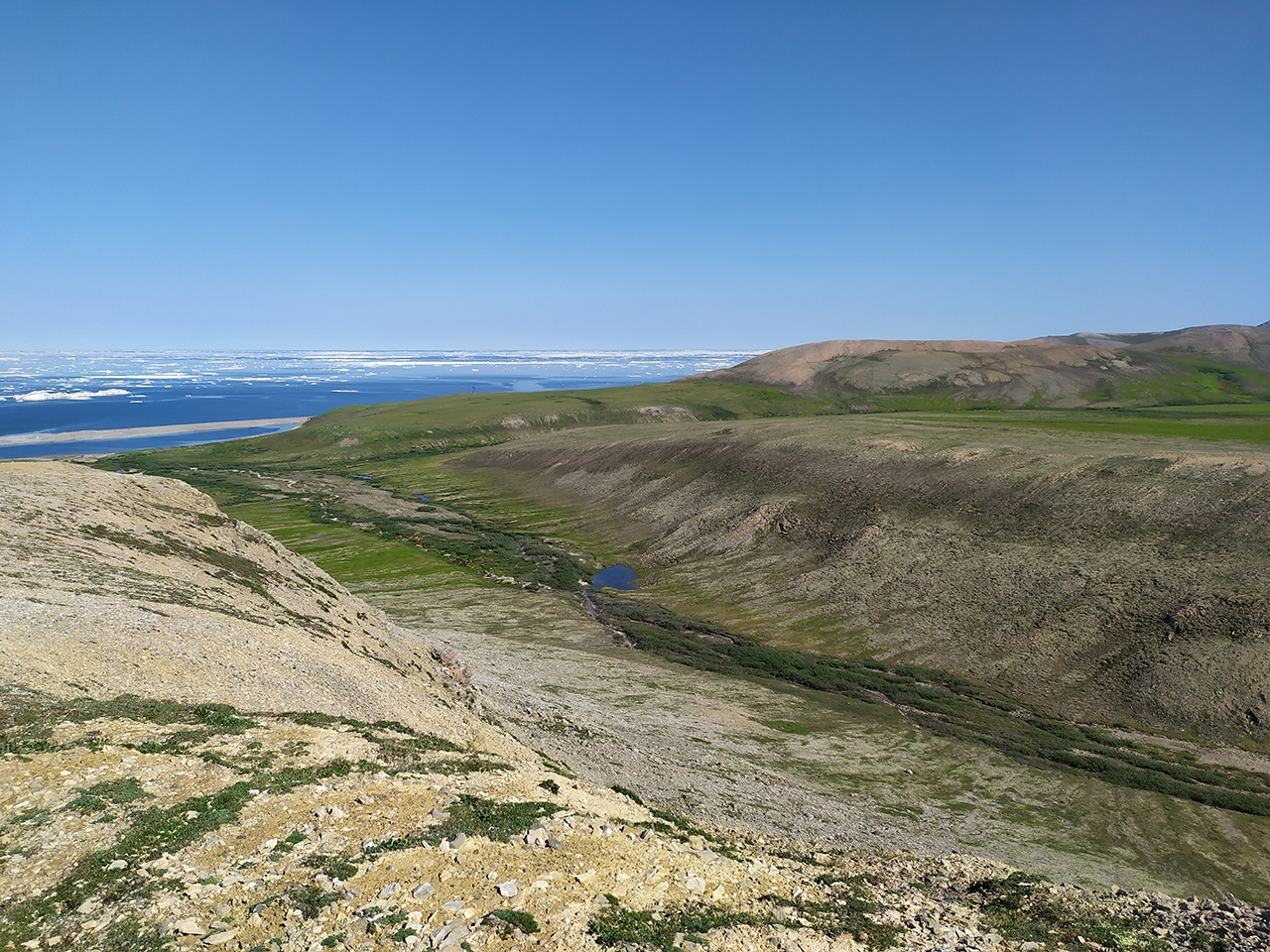 |
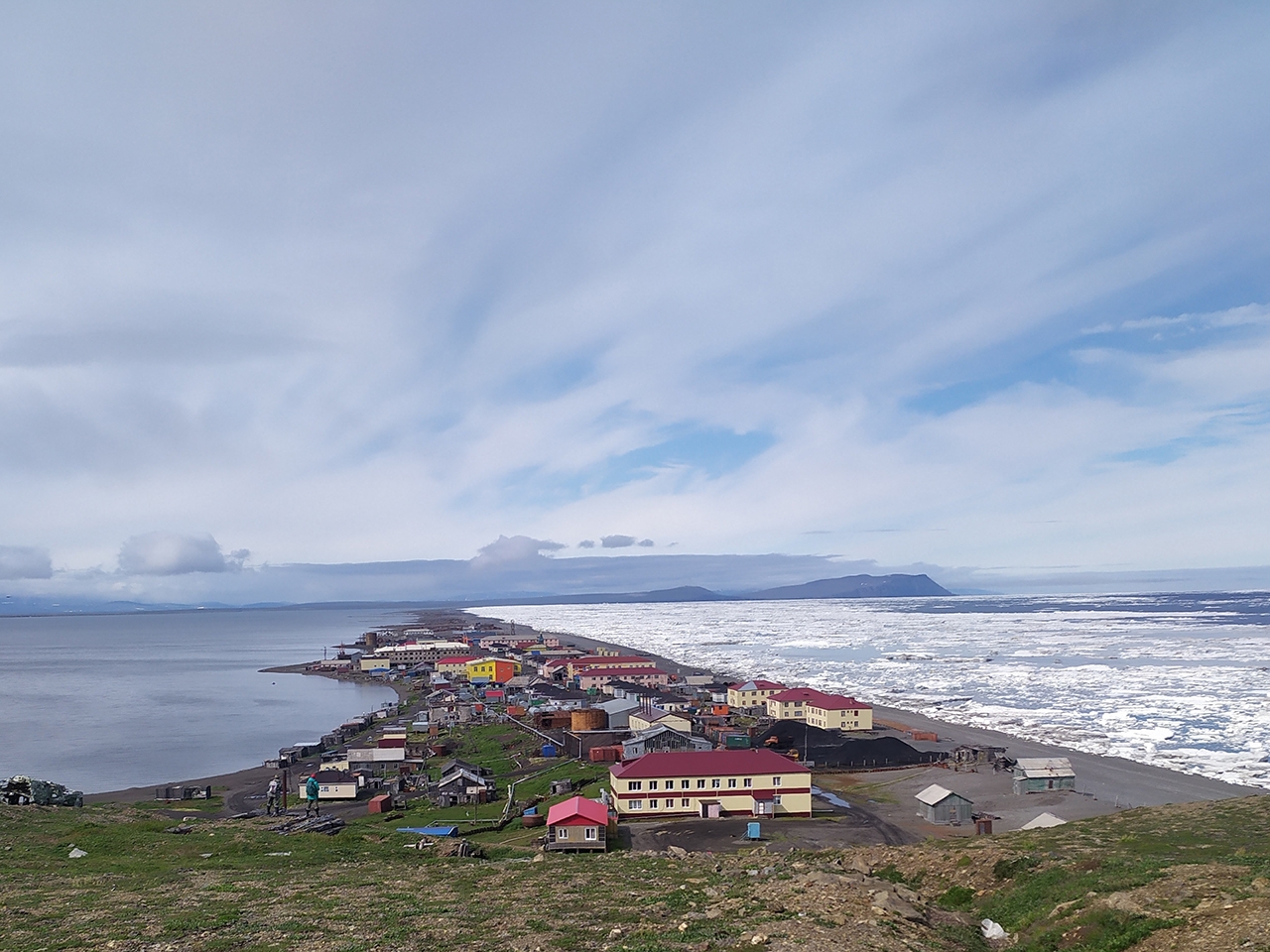 |
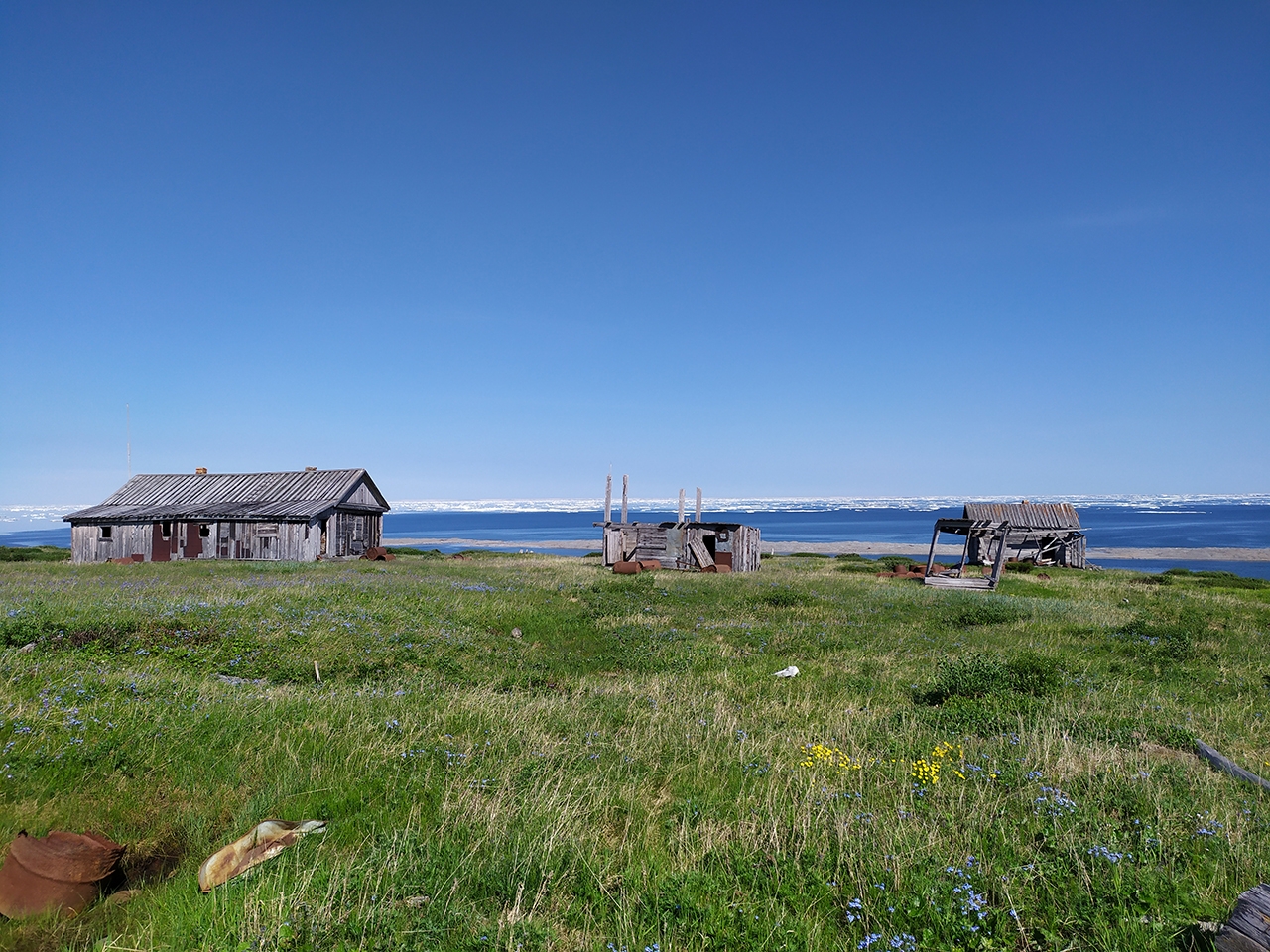 |
| Chukchi landscape | The village of Uelen is the easternmost settlement of the Russian Federation | The base is located at the mouth of the Chegitun River |
During the field work, the surroundings of the village of Coal Mines (Anadyr district), the village were surveyed. Larino, village Whelen and the Gulf of Lawrence (Cape Krause and the village Lawrence). At the mouth of the Chegitun River, which is part of the Beringia National Park, populations of legumes and plant communities were described with their participation without removing wildlife objects. According to the results of the expedition, 16 taxa of plants of the Fabaceae family out of 25 known for Eastern Chukotka were discovered, including 7 from the genus Oxytropis, 5 from Astragalus, 3 from Hedysarum and 1 from Lathyrus. Of these, 11 species were new, not previously encountered by the scientific group in previous expeditions to the Lena River Delta (Northern Yakutia) and the Putorana plateau (Krasnoyarsk Territory).
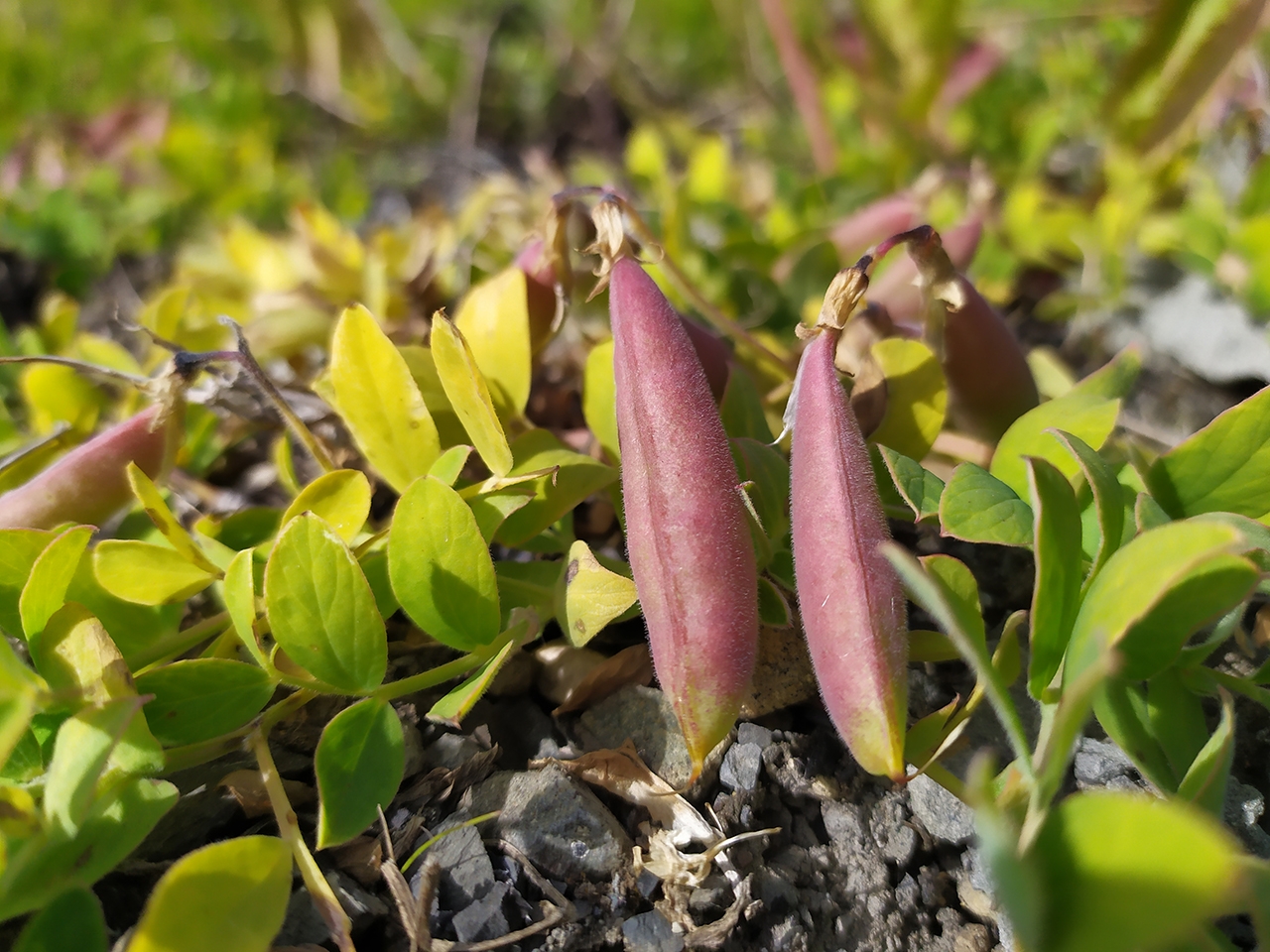 |
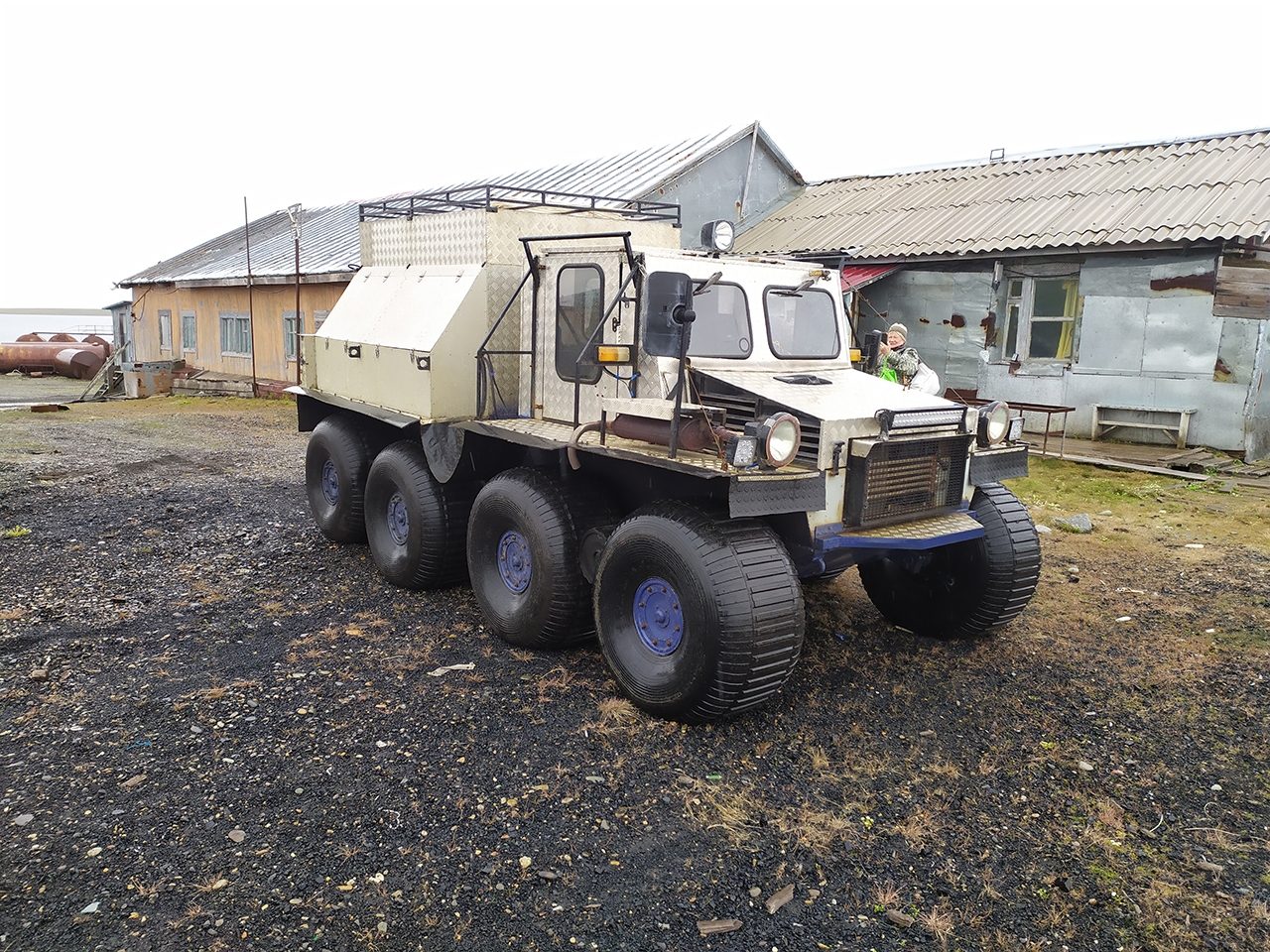 |
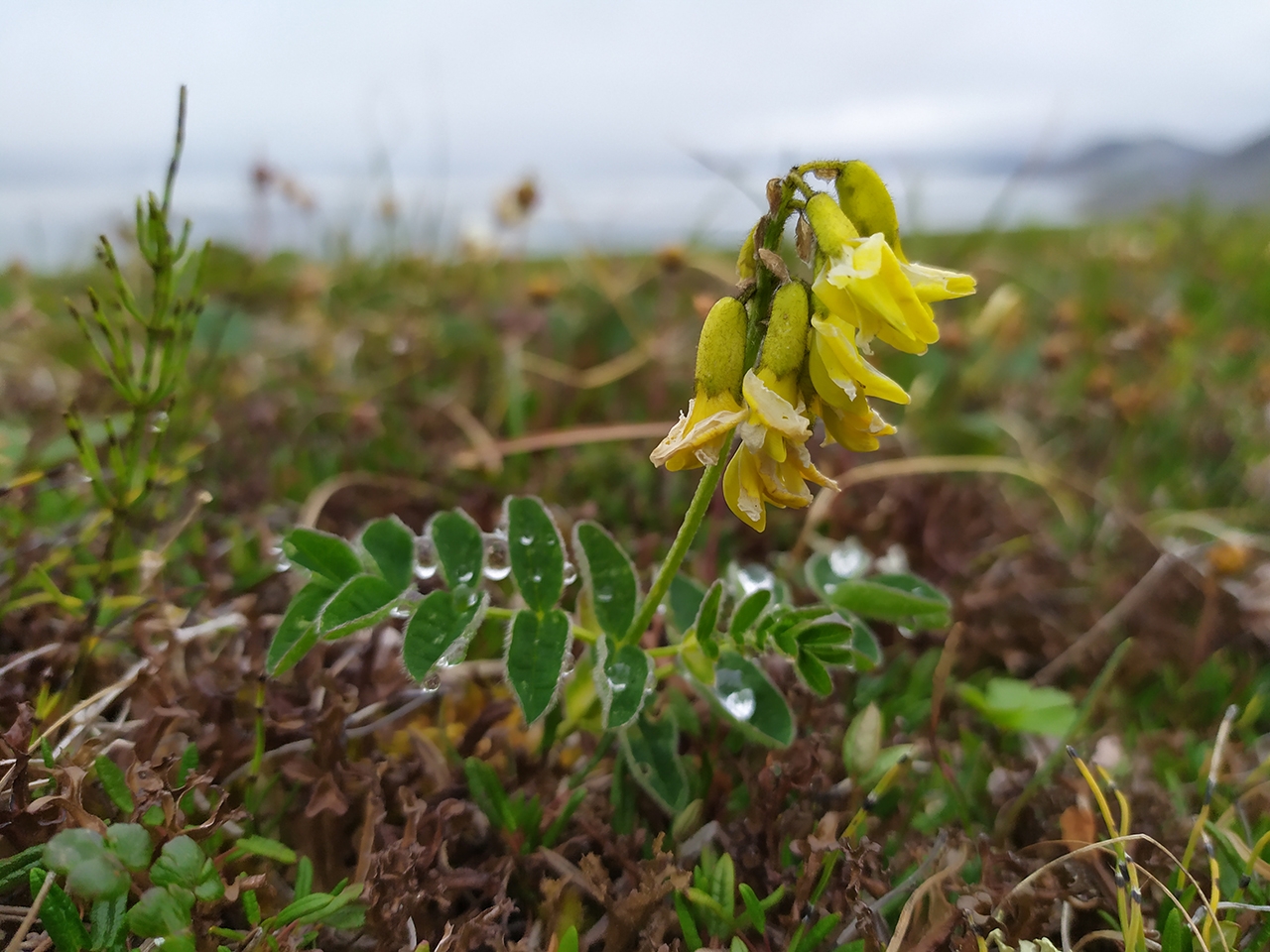 |
| Lathyrus japonicus Willd | Snowmobile “Wanderer” | Astragalus umbellatus Bunge |
The herbarium of legume plants has been identified and stored in the Laboratory of Botany of the IBPS FEB RAS (MAG). The collected collection of soils, symbiotic nodules and seeds of the studied plants was delivered to the FSBSI ARRIAM for further research on the isolation, identification and study of the genetic resources of nodule bacteria.